Canada is well known for its polite people, maple syrup, and endless winters, but some of us don’t know that they are also a quiet powerhouse of innovation. From game-changing tech to life-saving medical breakthroughs, Canadians have been behind some pretty incredible ideas. That’s also the reason they are introducing practical work in their universities and colleges, and many inventors come forward from it. And while some of these inventions are household names, others are quietly transforming lives behind the scenes.
So, whether you’re sipping a cup of instant coffee (yep, that’s ours) or marveling at how your smartphone keeps your data safe, there’s a good chance a Canadian invention is somewhere in the mix.
Here are 24 Canadian inventions that are helping to make the world a better, smarter, and sometimes tastier place.
Insulin

Let’s start with one that quite literally saves lives. In 1921, Frederick Banting and Charles Best discovered insulin right in Toronto. Before that? A diabetes diagnosis was a death sentence. Their discovery turned it into a manageable condition—and it still does for millions today. This breakthrough truly redefined modern medicine and offered a second chance to countless lives.
The Pacemaker

The external pacemaker is another life-saving device. Canadian electrical engineer John Hopps laid the groundwork for it in the 1950s. After that, it was improved upon and has made a huge impact ever since. It’s been keeping hearts ticking—and families together—ever since. Today, it symbolizes hope and stability for heart patients around the world.
The Canadarm
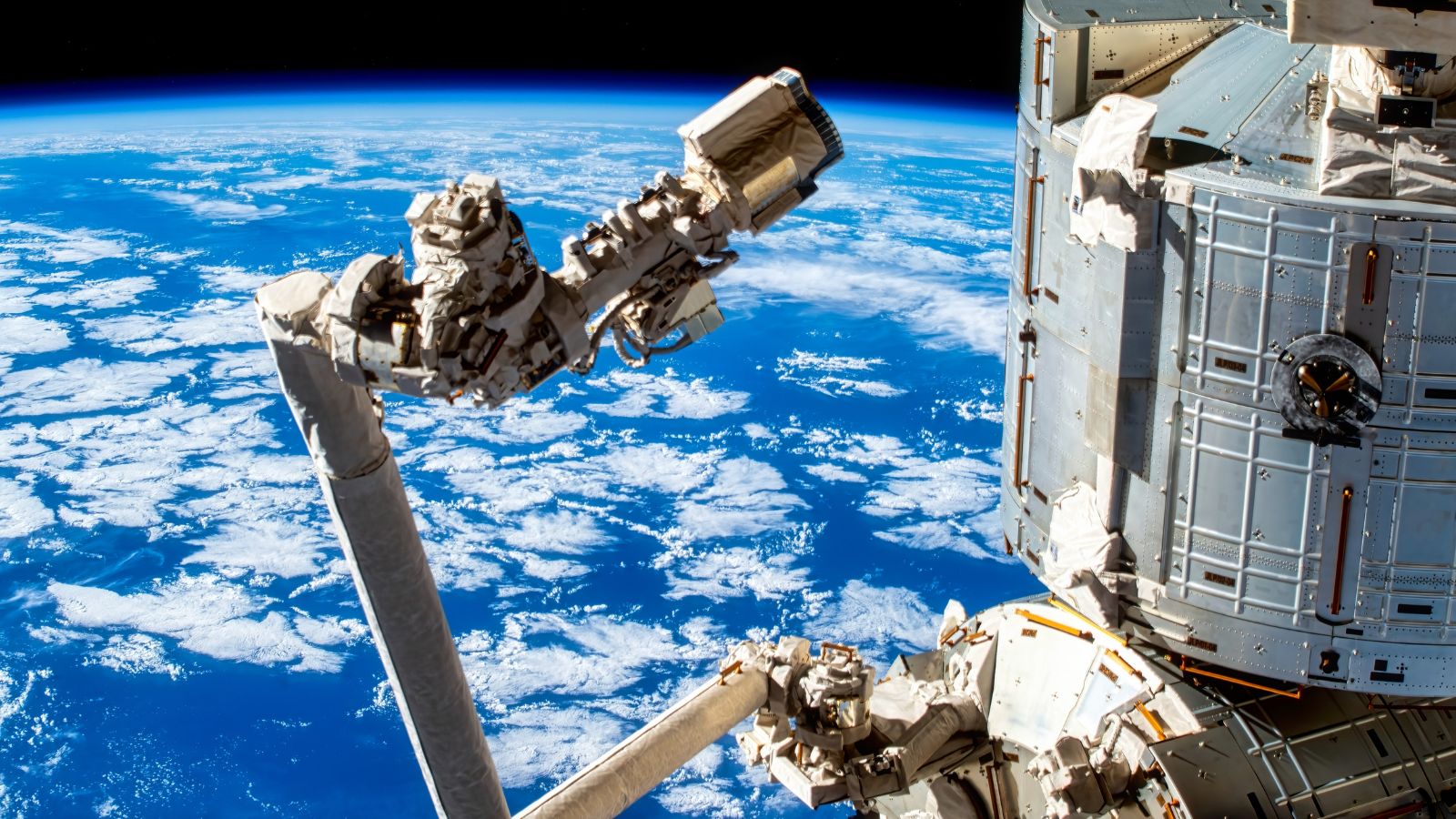
If you’ve ever watched a space shuttle docking or a satellite deployment, chances are the Canadarm was part of it. Developed by Canadian engineers for NASA, this robotic arm played a huge role in space exploration. Pretty cool, eh? It placed Canada firmly on the map when it comes to space innovation and robotics.
Peanut Butter

Okay, this one gets debated. However, Canadian Marcellus Gilmore Edson patented a peanut paste in 1884 that resembles what we now know as peanut butter more or less. Regardless of who perfected it, Canadians definitely had a hand in bringing this one of the most enjoyable snacks to life. It’s now a pantry staple across the globe.
The Snowmobile

When you live in a place where it snows for over six months, you get creative and have some creative new ideas. Joseph-Armand Bombardier invented the snowmobile in the 1930s, turning Canada’s snowy terrain into a highway for winter travel—and fun. It revolutionized transport in extreme climates and made remote travel much more accessible.
IMAX

Think regular movie screens are big? Thank Canadian inventors for IMAX, which brought high-resolution film and massive screens to cinemas around the world. It’s a whole different movie experience. There’s the next level of satisfaction and enjoyment when you get to watch your favorite shows on this big screen—you can’t seem to take your eyes off of it. It made moviegoing a full-on spectacle.
Walkie-talkies

Long before smartphones, Canadians were making wireless communication mobile. Donald Hings invented the walkie-talkie in the 1930s, helping soldiers stay in touch during WWII. And they are still being used to this date, and this invention will always be remembered. They remain vital for communication in emergencies and outdoor expeditions.
Electric Wheelchair
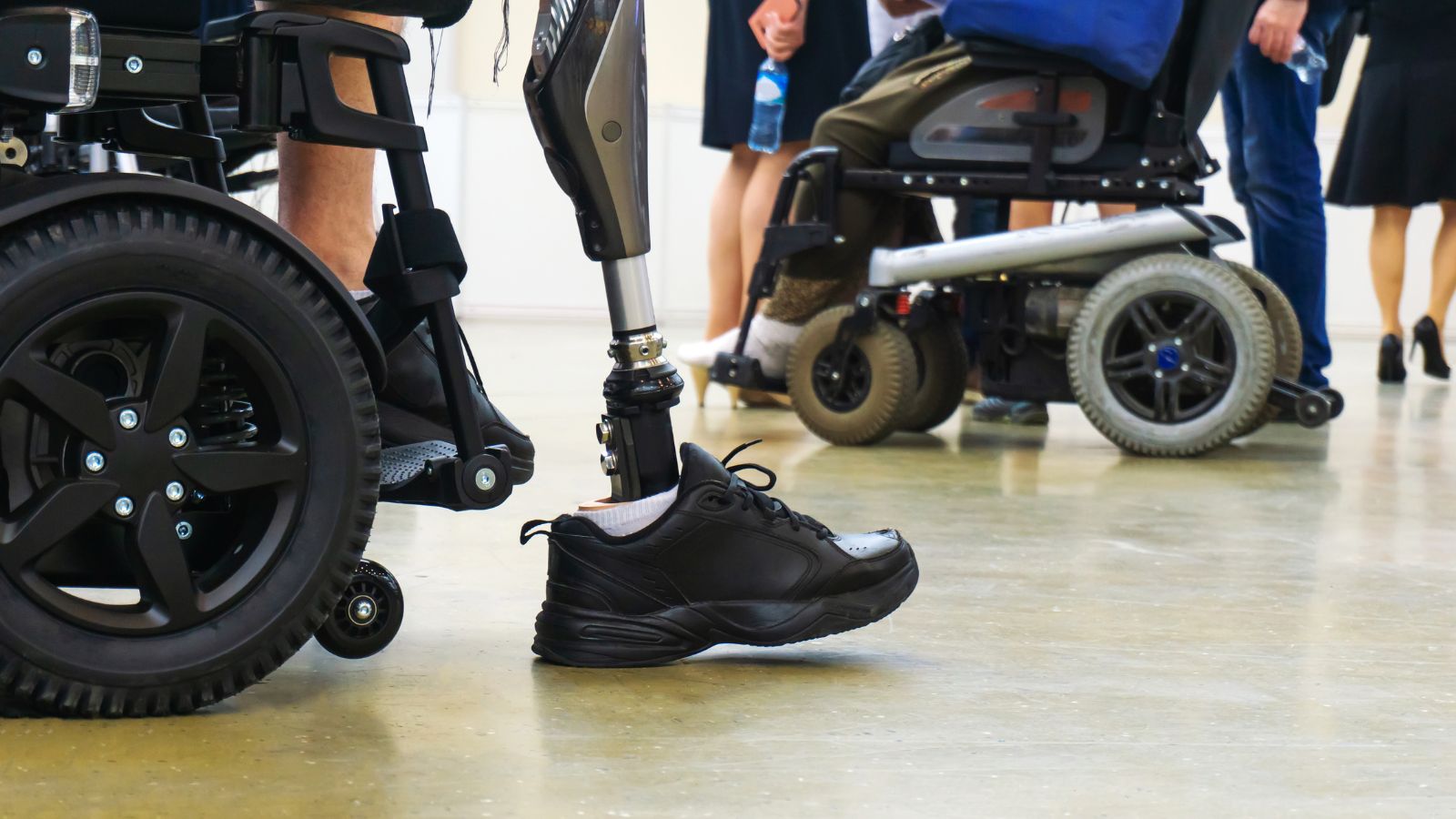
George Klein, a Canadian engineer, developed the first electric-powered wheelchair after World War II to help injured veterans regain mobility. It’s still empowering people today. One of the most powerful inventions for humanity’s sake. It brought independence and dignity to millions with limited mobility.
Trivial Pursuit

Okay, not life-saving—but sanity-saving during game night. This classic board game, created by Canadians Chris Haney and Scott Abbott, became a global phenomenon in the ‘80s and still makes people have a good time together and share laughter. It also sparked a whole wave of trivia-based entertainment.
Instant Replay

Watching the big game and catching that amazing goal again? You can thank Canada. Instant replay was first introduced by the CBC during a hockey broadcast in the 1950s. And now sports would feel weird without it. Now it’s part of almost every sport and is the most useful technology for the sports community. It’s a game-changer—literally.
Java Programming Language (Parts of It)

Java wasn’t entirely Canadian, but James Gosling—born in Calgary—was a key figure in its development. Java now runs on billions of devices, from phones to TVs. Quietly revolutionary. It’s being taught in many institutions and online courses—people can build their future just by learning this language. It’s the backbone of countless digital applications.
Garbage Bags

Life before plastic garbage bags? Messy. Canadians Harry Wasylyk and Larry Hansen changed the game in the 1950s by introducing disposable polyethylene garbage bags. Now it’s hard to imagine a clean-up without them. It made modern sanitation systems far more efficient.
Robotic Surgical Tools

Several Canadian universities and hospitals have led innovations in robotic-assisted surgery, reducing recovery times and making operations more precise. It’s not flashy, but it’s changing how we heal. Patients now experience shorter hospital stays and less invasive procedures.
Pablum
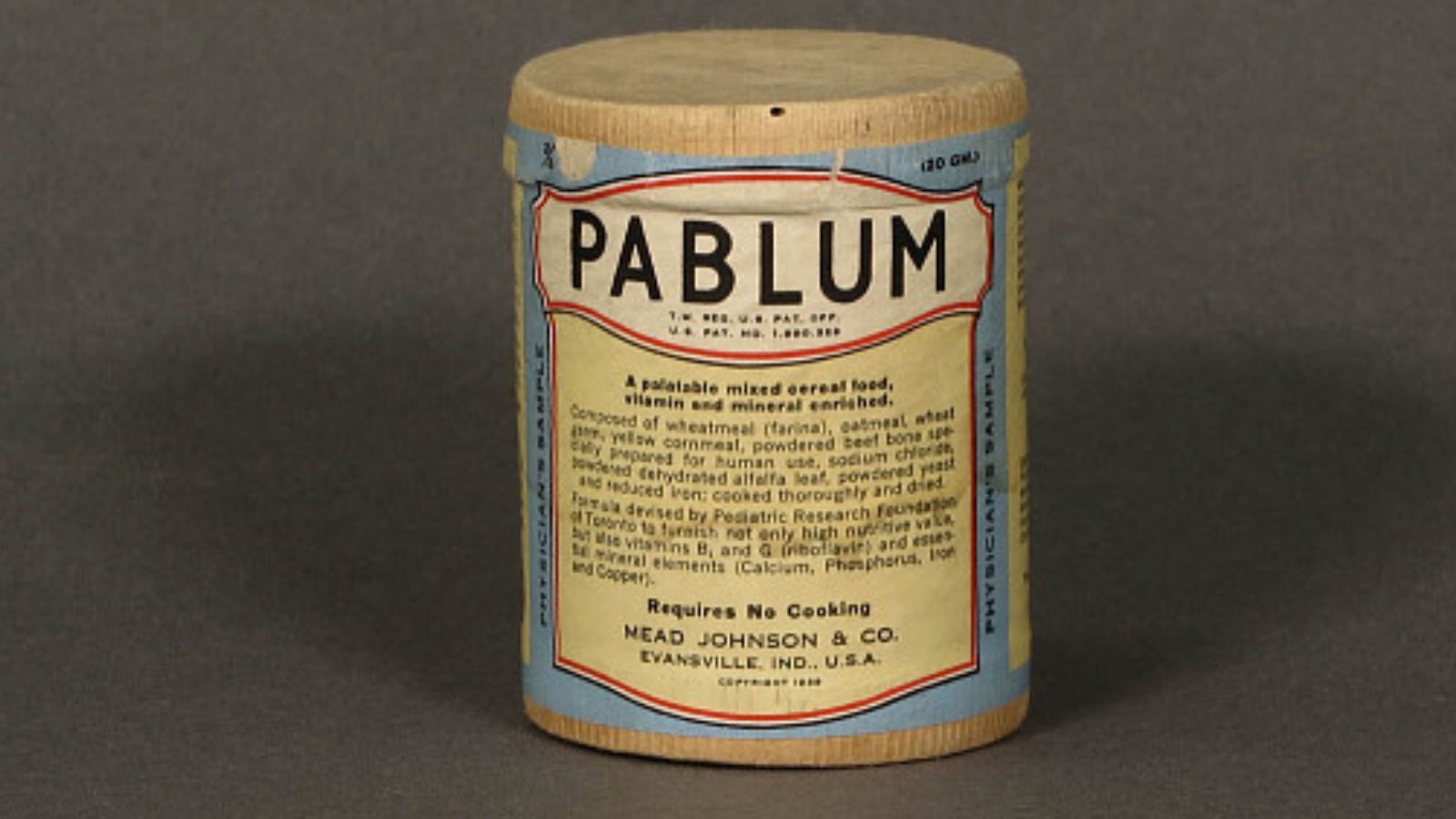
Ever heard of it? It’s one of the first pre-cooked baby cereals, developed in the 1930s by Canadian pediatricians. It helped prevent rickets and revolutionized infant nutrition around the world. Generations of children grew up healthier because of it.
Wireless Radio Transmission

Reginald Fessenden, born in Quebec, was the first to transmit voice-over radio waves back in 1900. Without him, radio as we know it wouldn’t exist—and neither would podcasts or live sports broadcasts. And now, as technology has evolved, podcasts and broadcasts are a success, all thanks to Reginald Fessenden. He gave humanity a new way to connect across distances.
Sonar

Canadian inventor Robert William Boyle worked on the development of sonar technology during World War I. His work helped navies detect submarines, and now sonar helps everything from fishing to deep-sea research. Again, it’s one of the biggest inventions there is. A crucial tool in underwater navigation and marine science.
Blackberry

Long before iPhones ruled the world, there was BlackBerry. Created in Waterloo, Ontario, these smartphones were once a global symbol of productivity. And recognized everywhere. While the brand has faded, its legacy has shaped mobile tech. BlackBerry helped define the smartphone era.
Oxygen Tent

John Scott Haldane and later Canadian innovator Dr. Wallace Rowe helped advance oxygen delivery systems. The oxygen tent became a vital tool for respiratory therapy, especially in early pneumonia and polio treatment. It gave critical support in medical crises when modern ventilators weren’t available.
Green Bins (Organic Waste Collection)

While it may not be the most high-tech innovation, it’s certainly impactful. Canadian cities were pioneers in North America when they introduced curbside organic waste collection. This simple yet effective system has significantly reduced landfill waste and encouraged composting efforts across the continent. A small change, but one that has sparked large-scale environmental benefits.
CPR Training Mannequins

Sure, the idea of mannequins might not scream “innovation,” but the development of realistic CPR training tools in Canada has helped train millions of people to save lives during cardiac emergencies. And saving one life is like saving all of humanity, so respect for that. It brought life-saving education to everyday people.
Zipper

This one’s a bit tricky—American inventor Whitcomb Judson filed the first patent, but it was Canadian Gideon Sundback who perfected the modern zipper. Without him, we’d still be buttoning everything. A tiny invention with a massive global presence.
Electron Microscope Enhancements
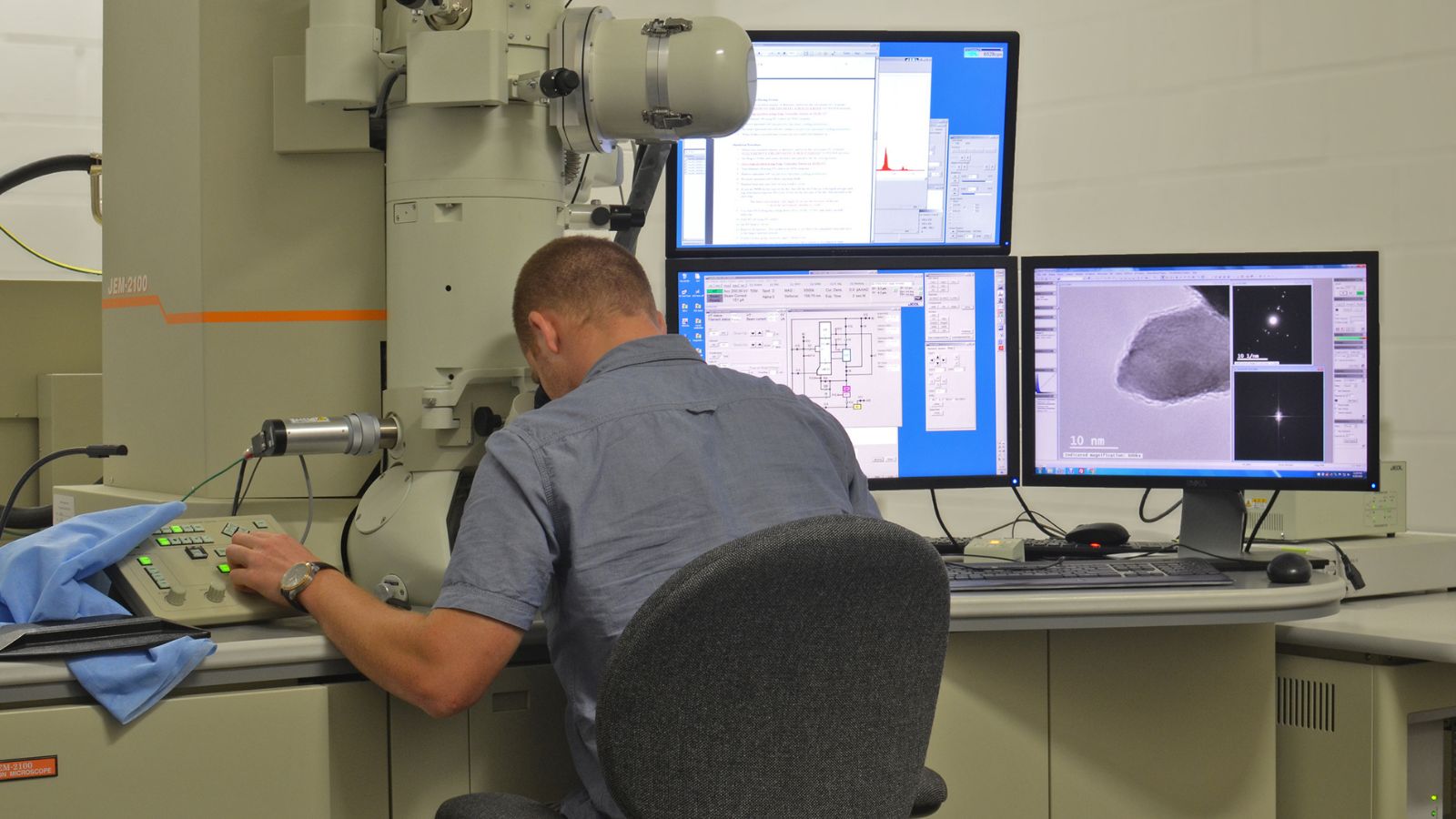
Canada’s own James Hillier played a major role in advancing the electron microscope. It allowed scientists to see viruses and cells up close, opening doors in medicine, biology, and materials science. It transformed how we understand the building blocks of life.
Smart Ice
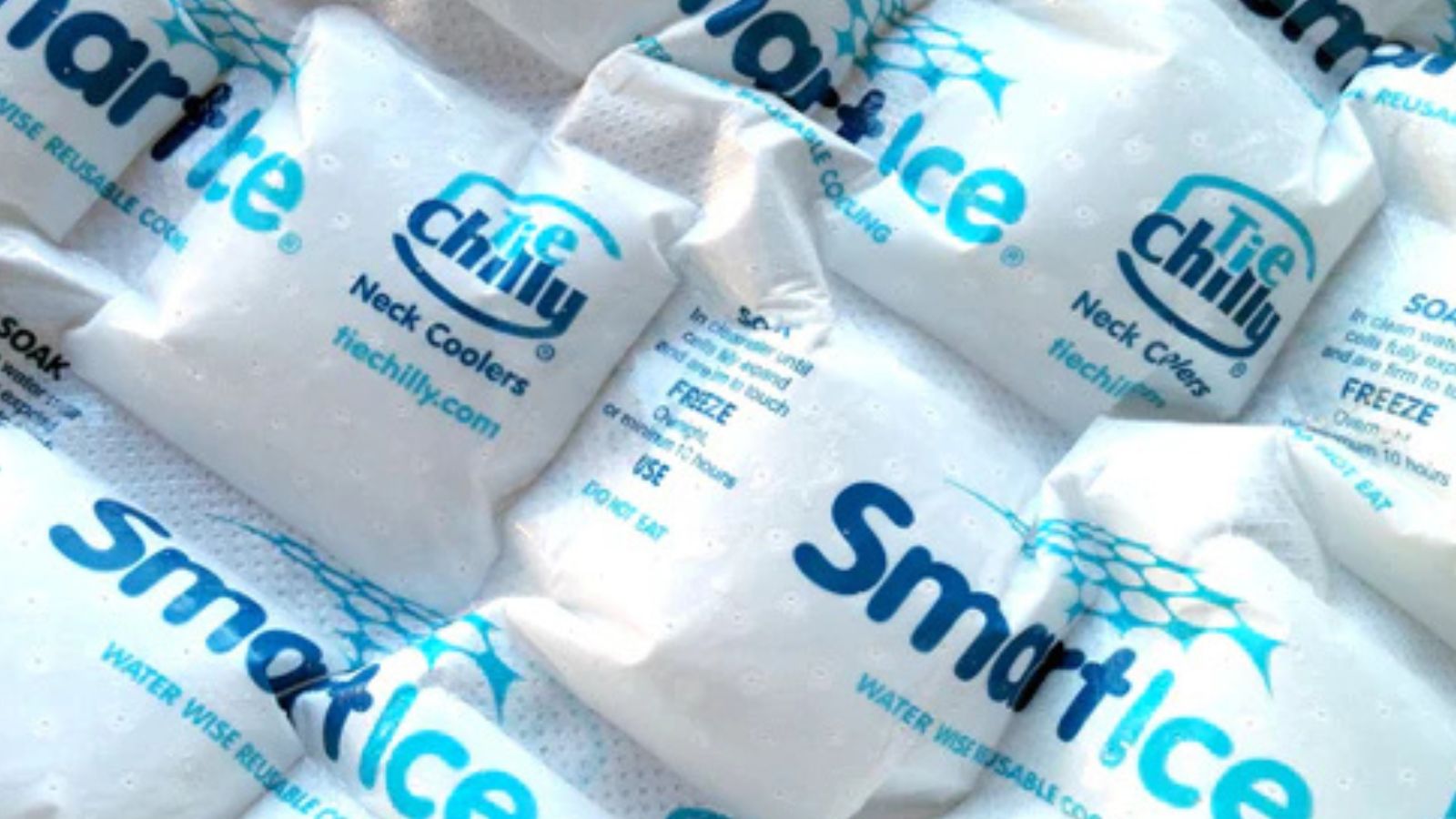
Developed in partnership with northern Indigenous communities, SmartICE combines satellite data and local knowledge to monitor sea ice conditions in real time. It helps ensure safer travel in remote areas. It’s a fusion of technology and tradition that saves lives.
The “Green” Skyscraper

Toronto’s own TD Centre was one of the first high-rise buildings to embrace environmentally sustainable design long before it became trendy. Since then, Canadian architects have been leading the push toward greener, more energy-efficient buildings around the world. It helped pioneer the green building movement.
Conclusion

Innovation is often associated with places like Silicon Valley or cutting-edge research labs, but many of the world’s most transformative ideas have quietly emerged from Canada. These ideas were born in basements, barns, or university labs—fueled by a mix of grit, curiosity, and determination.
While these inventions began by serving the needs of Canadians, their impact has been far-reaching. They’ve helped save lives, reduce waste, connect people, and even entertain. That’s the power of a good idea: it doesn’t stay in one place—it travels, grows, and spreads.
Not every Canadian invention made a global splash overnight. Some grew gradually, while others were revolutionary from the start. But what unites them all is a shared desire to improve life, little by little, in meaningful ways.
So, the next time you zip up your jacket, tidy your kitchen, or watch a space documentary in IMAX, remember: a Canadian probably played a part in making that moment possible.
22 Times Canadian Ingenuity Left the U.S. in the Dust

When people think of innovation, they often picture Silicon Valley. However, Canada has a history of innovation, too. Whether it’s redefining sports, revolutionizing medicine, or just showing America up at its own game, Canadian inventors, thinkers, and dreamers have had their fair share of mic-drop moments. Here are 22 times Canadian ingenuity left the U.S. in the dust.
22 Times Canadian Ingenuity Left the U.S. in the Dust
